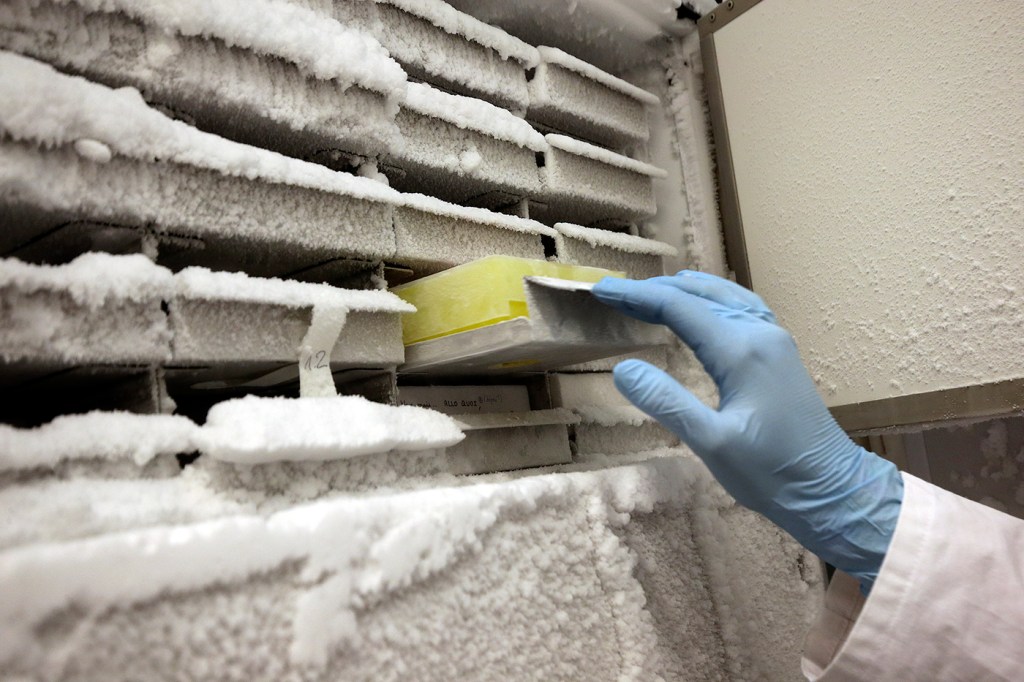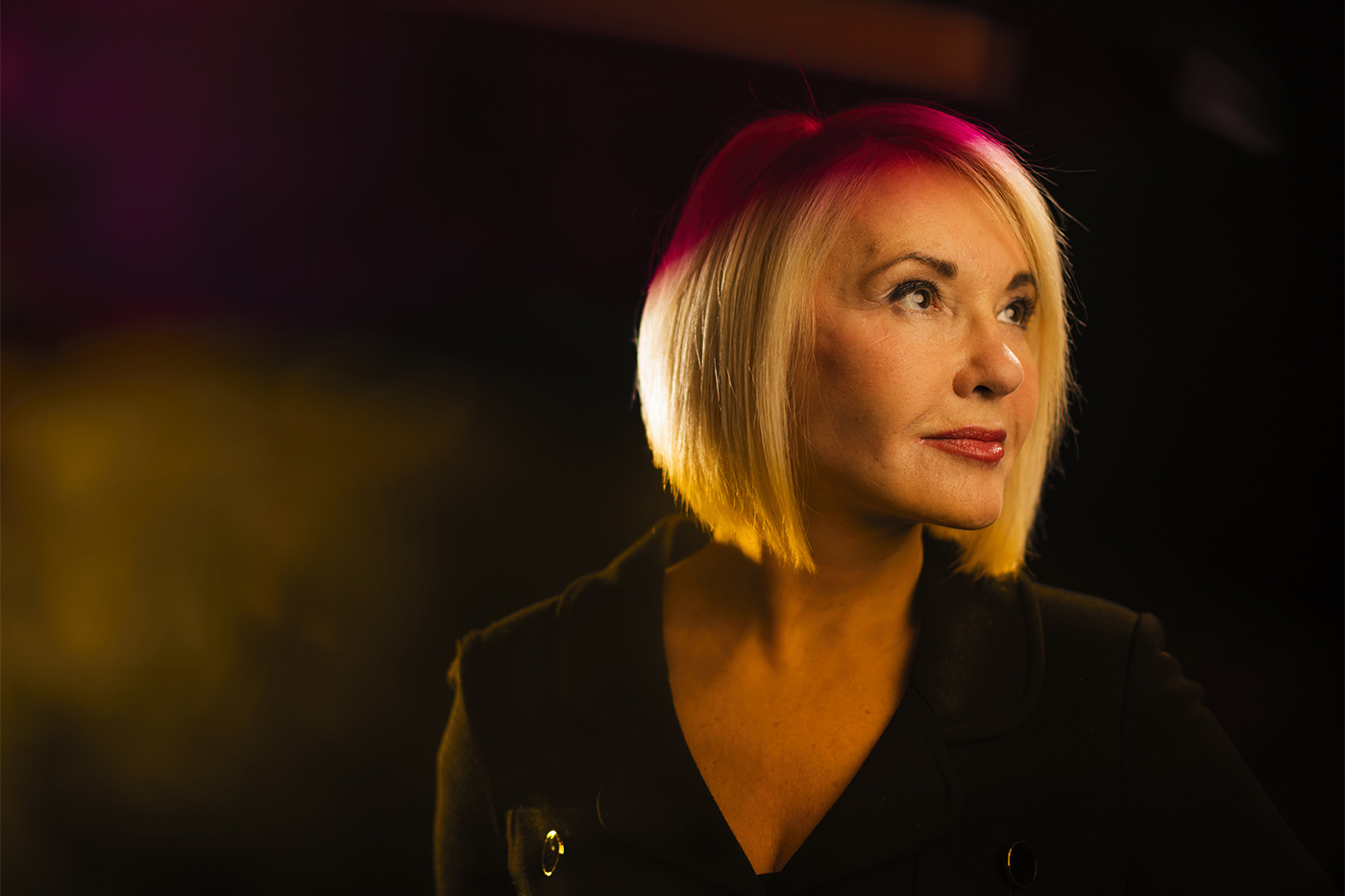COVID-19 vaccines are nearing the finish line with Moderna and Pfizer, but the race is far from over

The development of not one, but two highly effective coronavirus vaccines suggests a light at the end of the tunnel for the COVID-19 pandemic that at times has felt endless. But many hurdles must be overcome before the vaccines are available for widespread use, says Nada Sanders, distinguished professor of supply chain management at Northeastern.

Photo by Adam Glanzman/Northeastern University
To execute a broad rollout, the United States must undertake a logistical process that is staggeringly complex. One of the immediate challenges facing this effort is the Trump administration’s unwillingness to begin the transition of power to Joe Biden, delaying the president-elect’s ability to create a national response to the health crisis. Biden’s team claims it has not been given access to the details of Operation Warp Speed, the project Trump launched in the spring to produce and distribute vaccines and therapeutics.
That matters, says Sanders, because coordination between federal and state agencies will determine the methods used to transport and distribute the vaccines. Those same agencies are responsible for orchestrating an equitable allocation framework for the vaccines, as well as determining who gets priority access.
“You’ve got this giant distribution channel that has to take place,” she says.
The first doses will likely be reserved for first responders and at-risk groups, and, if things go well, the average citizen is likely to receive the vaccine by March or April, says Sanders. One approach to designing a fair system of distribution might be in the form of a mathematical algorithm yielding “the fastest return on the economy.”
“I would argue that one objective is allocation that is going to have the fastest and biggest impact on the economy, because as a country, we have so many people that are unemployed,” she says.
But Sanders worries about who will bear the burden of the costs associated with the distribution of the vaccines, and what that means for hospitals and clinics in poorer communities, especially those that have been hit hardest by COVID-19.
“Who is ultimately going to pay for this massive distribution effort? Those costs are going to be different if you’re looking at a city versus rural, poor communities,” she says.
A big complicating factor in the distribution process is the stringent cold storage requirements of Pfizer and Moderna’s mRNA vaccine candidates. Pfizer’s vaccine needs to be stored at minus 70 degrees Celsius, while Moderna’s needs to be kept at minus 20 Celsius. The U.S. Department of Health and Human Services has said it is partnering with large chain pharmacies, including Walgreens and CVS, to provide ultra-cold freezers and dry ice storage solutions to support these medicines.
And it’s not just freezers. For effective vaccine distribution, companies along the supply chain must also ramp up their production of dry ice, needles, syringes, vials, and stoppers, not to mention masks and gloves. The government’s handling, earlier in the pandemic, of shortages of personal protective equipment and medical supplies doesn’t inspire confidence, Sanders says.
“When you look at a country as a whole, we have a shortage of dry ice, for example. So how are all these pieces going to come together?”
Complex restrictions will be implemented around the delivery of the vaccines, says Sanders. Pfizer’s distribution plan includes working with FedEx and UPS to transport the vaccines, and their vehicles will have to be retrofitted to handle the shipments. The boxes containing the doses will be equipped with a GPS-enabled thermal sensor to track their location and temperature.
Another challenge will be the transportation of the vaccines from Pfizer’s facility in Kalamazoo, Michigan, to their final destination. Protocols for this “last mile” delivery will vary by location, depending on whether they’re in urban or rural areas, says Sanders.
“It is a vast network of suppliers, transporters, and all kinds of middle entities that are going to be required to move this,” she says. “And how you get this to a hospital in Nebraska or North Dakota is going to be really, really different from how you’re going to do it in Manhattan.”
Both Moderna’s and Pfizer’s vaccines require a patient to receive two doses separated by several weeks. This poses a challenge for producers on several fronts, says Sanders. It requires scaling up to manufacture large quantities of the vaccine. It also requires producers to quickly and safely switch production from one vaccine to the other.
Challenges exist even after the shipments are delivered. First, medical personnel must ensure that the vaccines remain properly refrigerated. The containers for the Pfizer vaccine can only be opened twice a day for one minute per opening. Each vial contains five doses, which have to be used within five to six hours.
“So you have to do planning, right? ‘OK, I opened the vial; I have to make sure that I have the five patients within the amount of time before I have to discard it,’” says Sanders. “We’re dealing with a biologic that has a very limited shelf life and a very, very tough way that it is handled and controlled.”
As such, medical professionals will have to undergo extensive training in preparation for not just administering the vaccines, but managing and handling the containers and vials.
How resources are allocated to fighting the second wave of the coronavirus will inevitably affect the distribution of the COVID-19 vaccines. Sanders reiterated that giving the incoming Biden administration access to vaccine distribution plans will be key to accelerating the distribution process.
“I’m hoping that there will be demands on the Trump administration to begin sharing some of this information so we have a smooth transition and can begin to vaccinate people,” she says.
For media inquiries, please contact media@northeastern.edu.





